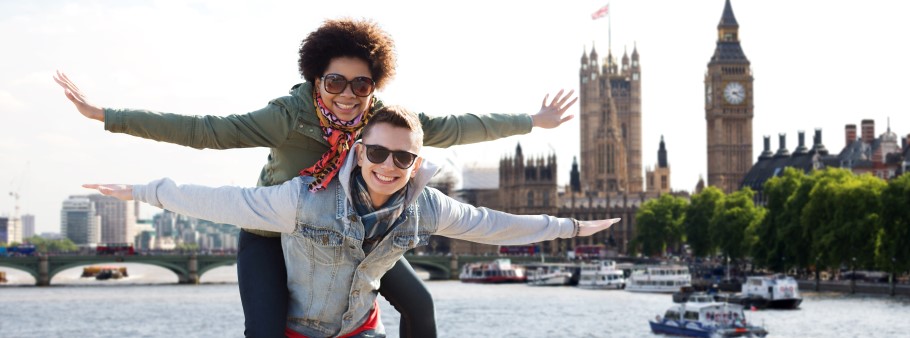
Tips when supporting students who are thinking about moving to a new area for university
Trying out a new place can be a fantastic
experience for young people, whether that be
from a rural to urban location or experiencing
a new town with differing local culture and
atmosphere. However, students often rely on
what they know, secondary aged students
(11-16 years old) travel an average of 3.4 miles
to get to school (1) and although often travel
further for their post-16 education, it is perhaps
not a surprise that they rely on places they
recognise to guide their decision making.
Below are some ideas to encourage students
to think far and wide when considering where
to study.
Where is? Quiz
This is fun to do with those starting their
research, focusing on places in the UK (not
even thinking global!). It is interesting to see
where the gaps are, parts of the country they
may not have been exposed to or places they
haven’t heard of.
Destination maps showing where previous
students are studying can be a great
reinforcement of scale and maps in shared
spaces can provide easy look up opportunities.
All in a name
We know not all universities are named after their location; but many discount a university because they’ve not heard of the place before. Additionally, search result lists in online platforms tends to be alphabetical. Think about the shortlisting platforms you are promoting and whether students have the skills to critically use the search filters. Reordering lists can throw up previously unconsidered options.

How far
In the UCAS course search students can choose how far from home they might study. They may need support to identify how far a distance is in journey time though. Depending on where in the country they are starting from, 100 miles is around a 2 – 2 1/2 hour drive. This might help students visualise where they are willing to travel and put into perspective scale from map to journey time.
Local or living away
Students may live at home to save on
spending, but often overlook the cost of
commuting and their reduced maintenance
loan. As they shortlist, urge them to consider
how often they plan to travel home. In addition,
questioning whether being 1 or 7 hours away
is going to have an impact on how connected
they feel to those at home, how would they
connect over the distance?
From starting at a point of researching far and
wide, they might find a course that is perfect
for them either by exploring a university that
is new or a few miles outside their search
zone. It is worth reflecting on how you support
students (and their supporter at home) with
their geographical thinking.
(1) Taken from the National Travel Survey 2019
Just so you know, this blog was published on 29 Nov '21 and everything was accurate to the best of our knowledge when we hit publish.
Stay up to date with everything university!
This free newsletter includes information about university events added to UniTasterDays, as well as details on new webinars, resource releases, and more.




